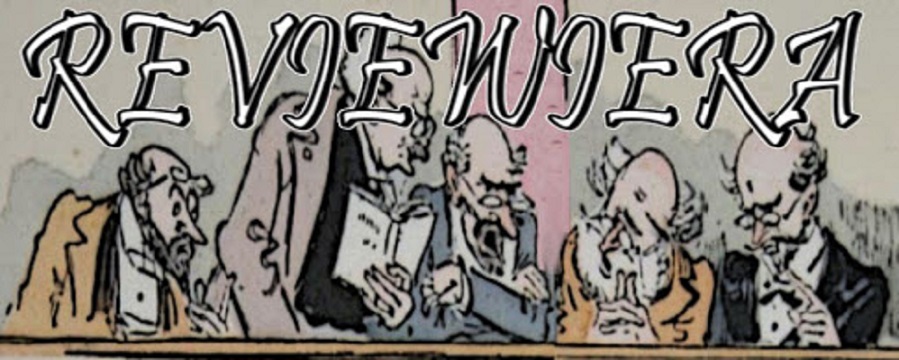Ridley Scott’s Red Period is where his late masterpieces are to be found. Prometheus (2012, Ridley Scott), The Counselor (2013, Scott), Exodus: Gods and Kings (2014, Scott), and The Martian (2015, Scott) were all shot in consecutive years with the RED camera. It’s The Counselor and Exodus: Gods and Kings that make a strong case against Scott being a purely commercial director. If anyone thought his follow up to Alien (1979, Scott) after 30 years was a cash grab, seeing The Counselor beckons us to expect more from him. With its series of scenes that each feel like 5 pages of dialogue or more between two characters, Cormac McCarthy’s crisis of cartel ethics is Scott at his most colourful and brazen. Think about the difference between Javier Bardem’s character in The Counselor compared to his performance in the other cartel film adaptation of McCarthy’s.

House of Gucci (2021, Scott) finds Ridley Scott in top form. It ranks among some of his finest work—his middle classical period: Gladiator (2000, Scott), Kingdom of Heaven (2005, Scott), and American Gangster (2007, Scott).
But House of Gucci, being a classical Hollywood movie of the highest order, is carried by the performance of its lead star: Lady Gaga. Anytime Gaga has starred in anything, I’m infatuated with her character. She’s adorable. She’s sexy. She’s a star. And in House of Gucci, from its cold-open introduction of her as PATRIZIA REGGIANI, seen on screen and heard through V.O. narration, I’m under her spell. I identify with Patrizia. No matter how despicable her actions, nor how loathsome her degradation, I always feel like she deserves to be happy and have everything she wants.
On one level, House of Gucci is a traditional love story between Patrizia and MAURIZIO GUCCI (Adam Driver). And the opulent grandeur of materialism seen through the lives of this couple makes us see their desires as they see them—as something to prize, to invest in, to live for. But on a tertiary level House of Gucci is high camp. In an exhilaratingly bizarre performance that sees Jared Leto playing something like a mentally challenged Jeffrey Tambor, his PAULO GUCCI rides a wave of oddly chosen descriptors and signature catch-word. Boff! And there’s more: Leto’s character shares most of his screen time with his father (Al Pacino). And this is full-Pacino, Heat-Pacino, we’re getting.
But commercial director isn’t exclusively pejorative. Ridley Scott’s lavish, high-gloss, high-end eye for hawking luxury is on full-display for the entire 2 and a half hours of the film’s runtime. Nothing can come close to the decadence and designer glamour of mansions and villas as done by Italians. Except New York City or the world of high fashion, which House of Gucci jets through while bumping Donna Summer, Wham!, Blondie, or New Order.
Yet how fitting it is for the narrative to follow Maurizio into exile in snowstorm Switzerland. I didn’t have high expectations for House of Gucci, but beyond anything mentioned already, its second half and build up to its climax and ending never dwindled. It gets darker as Patrizia’s perm gets worse. And for me the saddest point is seeing her stripped of her Gucci, condemned to mom jeans and that knockoff leather jacket.
In closing, could this be Ridley Scott’s first movie centered on one family? House of Gucci feels like The Godfather for the Kardashian era. And for me, as domestic melodrama has always been my favorite film genre (tied with something like noir or crime), getting to indulge in this treat from Ridley Scott deserves some praise.
12/14/2021 Madison Yards 8
Atlanta, GA
DCP








